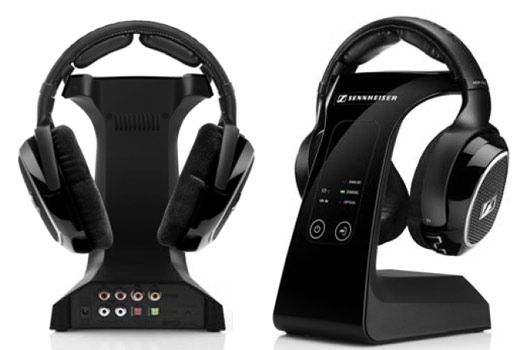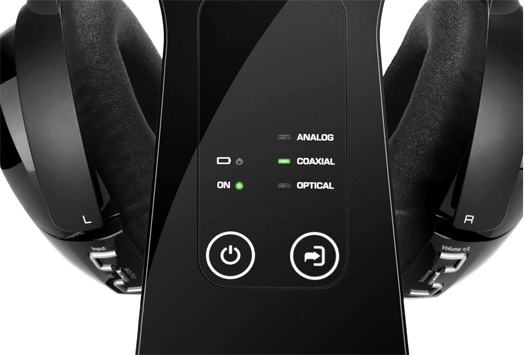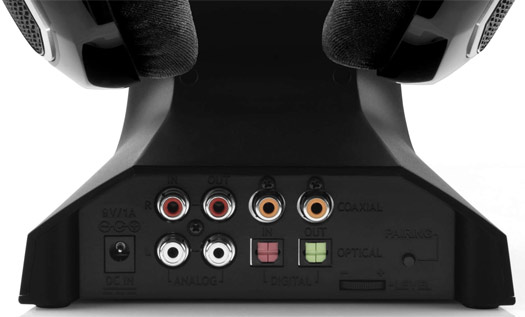The name Sennheiser has long been one held in high-esteem by audiophiles, musical performers, and just about anyone who knows a little something about sound quality. The company built that name on high-performance microphones and headphones.
This year, Sennheiser is getting praise for its RS 220 wireless headphones, which was named a 2012 CES Innovations Award Honoree. The company says that this model will open up a new class of wireless listening.
The RS 220 promises full, detailed sound with total freedom of movement. Listeners should enjoy loss-free transmission of the sound signal between the source and their ears, and not feel tethered to the receiver or other audio device.

Sennheiser noted that "many years of experience in the field of wireless transmission and audio technology have gone into the development of the new digital headphones," and these certainly have the promise of utilizing the latest technology. This includes dynamic transducers with neodymium magnets that boast clear, lifelike audio with a frequency response of 18 to 21,000 Hz.
The RS 220 headphones offer a maximum sound pressure level of 106 dB, so this product can certainly bring the noise. It does just that, and without compression, via a 2.4GHz connection using the so-called "Direct Sequence Spread Spectrum" (DSSS) technique.

"This is a frequency spreading process in which the output signal is spread to a width of 22MHz by means of a specified bit sequence," says Alxel Greel, senior acoustical engineer at Sennheiser. "If interference occurs at one point within this frequency range, the output signal experiences no interference as the data is transmitted with redundancy, in other words several times."
The RS 220 headphones also allow discerning users to decide what type of input to use from the receiver, with an option to choose analog, coaxial digital and optical digital inputs. This feeds the data from the audio source to the transmitter, prior to the transmission to the headphones, and listeners can even use all of these and switch back and forth to decide which they prefer.

The headphones feature an on/off switch, controls for selecting the audio source, and volume control including right/left balance. The RS 220 recharges directly on the transmitter and will run for up to 8 hours. Another nice bonus is that the transmitter can support more than one pair of headphones. Who says audiophiles should listen alone?
Where to Buy:
More News from CES: